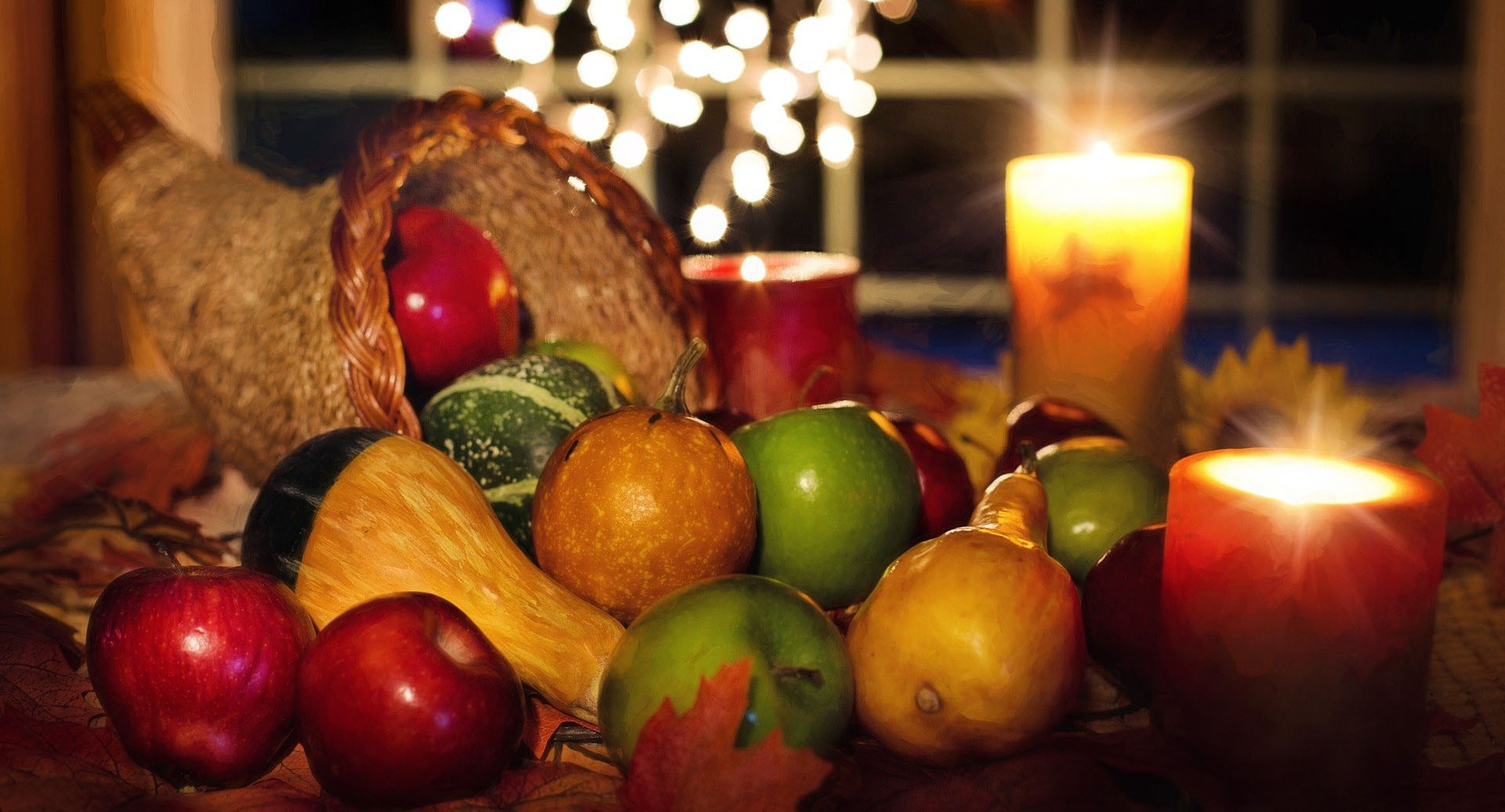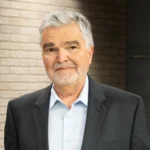The Mindful Way to Celebrate Thanksgiving

PREMIUM CONTENT for MEMBERS ONLY
Ever since I first came to the US in the late 1960s, Thanksgiving has always been my favorite holiday. Thanksgiving is the only American holiday celebrated by nearly every family, regardless of race, political orientation, religion, country of origin or immigration status. Thanksgiving is one of the few events left in our age of extreme political and cultural polarization that is universally agreed upon, more than Christmas, Easter, Hannukah, New Year, Diwali, or Kwanzaa.
Some prevalent myths about Thanksgiving
As we approach Thanksgiving and the holiday season, many families are preparing to celebrate this holiday with gratitude, food, and quality time together. This is what makes this time so unique. But stories told about the first Thanksgiving put into question some of its history and cover up some difficult truths. “Thanksgiving facts and Thanksgiving myths have blended together for years like so much gravy and mashed potatoes, and separating them is just as complicated.”
Over the years, I have learned a few things about Thanksgiving that makes me experience this wonderful Holiday in a more mindful way. In our age of obsession with healthy food, well-being, and longevity, it is worth looking at some lessons that we can learn from this annual nation-wide family ritual of celebrating a successful harvest by consuming some 245 million turkeys each year.
It wasn’t the Pilgrims that first came up with the holiday of Thanksgiving.
We all know the official story of Thanksgiving. According to that story, the Mayflower brought the Pilgrims to North America from Plymouth, England, in 1620, and they disembarked at what is now Plymouth, Mass., where they set up a colony. In 1621, they celebrated a successful harvest with a three-day gathering that was attended by members of the Native American Wampanoag tribe. It’s from this story that we derive Thanksgiving as we know it. However, it is worth remembering that the celebration of a successful harvest each fall has predated the American holiday for centuries, and was deeply engrained both in European history, the history of the first settlers, and the indigenous peoples of the Americas. In the United States, the holiday wasn’t made official until 1863, when President Abraham Lincoln declared it as a kind of thank you, for the Civil War victories in Vicksburg, Miss., and Gettysburg, Pa.
There’s no evidence that Native people were invited.
Possibly the most common misconception is that the Pilgrims extended an invitation to the Native Americans for helping them reap the harvest. The truth of how they all ended up feasting together is unknown. According to the historian Mary Sheehan, “The English-written record does not mention an invitation, and Wampanoag oral tradition does not seem to reach back to this event.”
As discussed by Maya Salam in a 2017 New York Times article, school children are taught that the Native American Tisquantum, known as Squanto, did play a large role in helping the Pilgrims. His people, the Patuxet, a band of the Wampanoag tribe, had lived on the site where the Pilgrims settled. According to historical records, when they arrived, he became a translator for them in diplomacy and trade with other native people, as well as showed them the most effective method for planting corn and the best locations to fish.
However, the rest of this story of tolerance and gratitude is rarely mentioned. Squanto was captured by the English in 1614 and later sold into slavery in Spain. He returned to New England in 1619, only to find his entire Patuxet tribe dead from smallpox, making him the last member of his tribe. He met the Pilgrims in March 1621. The story of Squanto is important to remind us, that Thanksgiving also comes with painful colonial origins, and a reminder of the atrocities indigenous peoples had to face in their interactions with the first settlers.
The myths about the turkey
There is little evidence that a roasted turkey played a big role in the early days of this holiday, even though historical records indicate that wild turkey was abundant in the area. What is known, is that the Pilgrims harvested crops and that the Wampanoag brought five deer. While experts agree that there was no mention of turkey being at the 1621 bounty, there was certainly some wild fowl — possibly goose, duck, or turkey — served along with the venison brought by the Natives. There is also little evidence that the feast included pumpkin pie either. Settlers lacked butter and wheat flour for a crust, and they had no oven for baking.
Industrial agriculture, that I have often written about in my book and blog posts, turned the annual turkey feast into something most people don’t want to be reminded about when they sit down on the dinner table. Mass produced turkeys are genetically bred to grow fast and, typically, grow such big breasts that they can barely walk by the time they are killed. Furthermore, they are regularly fed antibiotics and hormones to grow faster and fight off infections. The vast majority spend their short lives in artificially lit, windowless, barren warehouse barns. In order to keep turkeys from pecking one another in these crowded barns, their beaks are painfully trimmed. No animals raised on factory farms are kept and killed under worse conditions than turkeys and chickens, which make up most of the animals raised for food in the U.S.
While it is good to be mindful of some of the myths and dark sides of the Thanksgiving ritual, there are some wonderful lessons that we can learn from it when we consume our food – not just the turkey, but our meals in general.
The lessons of a mindful Thanksgiving meal
- The original meal was certainly a lot healthier than our Standard American Diet (SAD) diet version of it, and didn’t involve all the negative aspects of animal cruelty. There is no reason why we couldn’t return to such a healthier and compassionate way of eating our Thanksgiving dinner today, as vegetarians and vegans have done so.
- The social connectedness around a communal meal the early settlers experienced (as do many people around the world, including the Indigenous people at the time), is an essential aspect of a healthy diet. Such feelings of connectedness translate into a healthy pattern of brain-gut-microbiome interactions and enhance the health benefits of our food. Thanksgiving may be a good time to reevaluate our modern eating habits, in which the close interactions between family members and close friends sitting around the dinner table for hours have certainly become the exception in our modern lifestyles.
- Gratitude (1, 2)is an essential part of a contemplative lifestyle. Research studies have shown that gratitude is associated with specific activity in brain networks, and that a mindset of gratitude and eudaimonia can influence gene expression patterns in blood cells which are conducive to our health. In the United States and other Western countries, there are many reasons to express gratitude at Thanksgiving. For the abundance of food that most of us have access to, to the workers that are involved in growing, harvesting and distributing our food often under harsh conditions, and to lasting peace that many of us have enjoyed over the last 70 years
A Season of Gratitude
In this season of gratitude, we want to express our heartfelt Thanks to all the individuals – including podcast hosts, blog post and recipe contributors, and blog co-editors- that have contributed to the success of our efforts to promote Health and Wellness of not only body, mind, and spirit, but also of the soil, the environment, and the planet. A special thanks goes to all the subscribers of the Mind Gut Connection blog, to the regular followers of the Mind Gut Conversation podcast, and the followers on our social media channels.
We wish you all a Wonderful and Mindful Thanksgiving!

Emeran Mayer, MD is a Distinguished Research Professor in the Departments of Medicine, Physiology and Psychiatry at the David Geffen School of Medicine at UCLA, the Executive Director of the G. Oppenheimer Center for Neurobiology of Stress and Resilience and the Founding Director of the Goodman-Luskin Microbiome Center at UCLA.